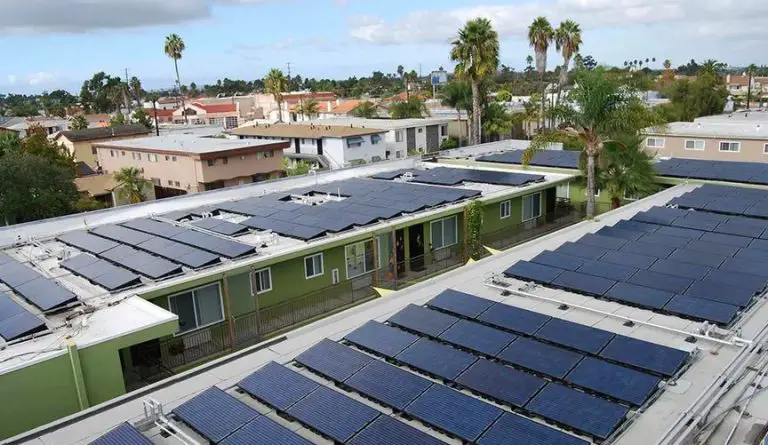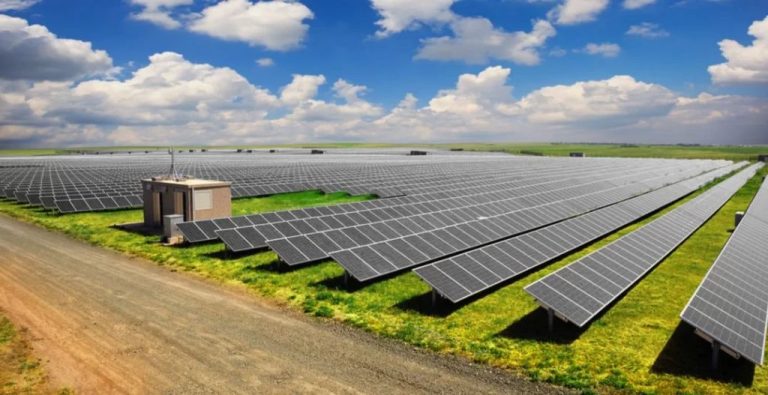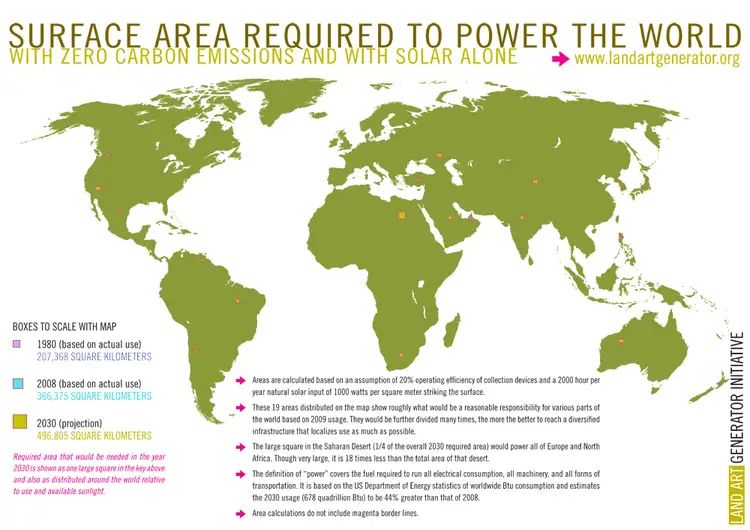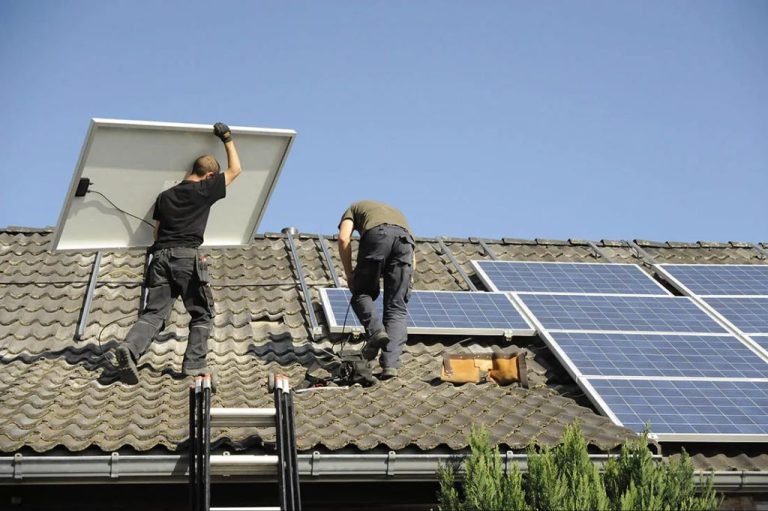Where Are Photovoltaic Cells Used?
Photovoltaic cells, also known as solar cells, are devices that convert light energy into electricity using the photovoltaic effect. When sunlight hits the solar cell, the energy knocks electrons loose from the atoms in the semiconductor material used to make the cell. The freed electrons flow through the cell, producing electricity that can be used to power devices or sent to the power grid. This clean and renewable source of energy is being utilized more and more for a variety of applications.
Solar Panels
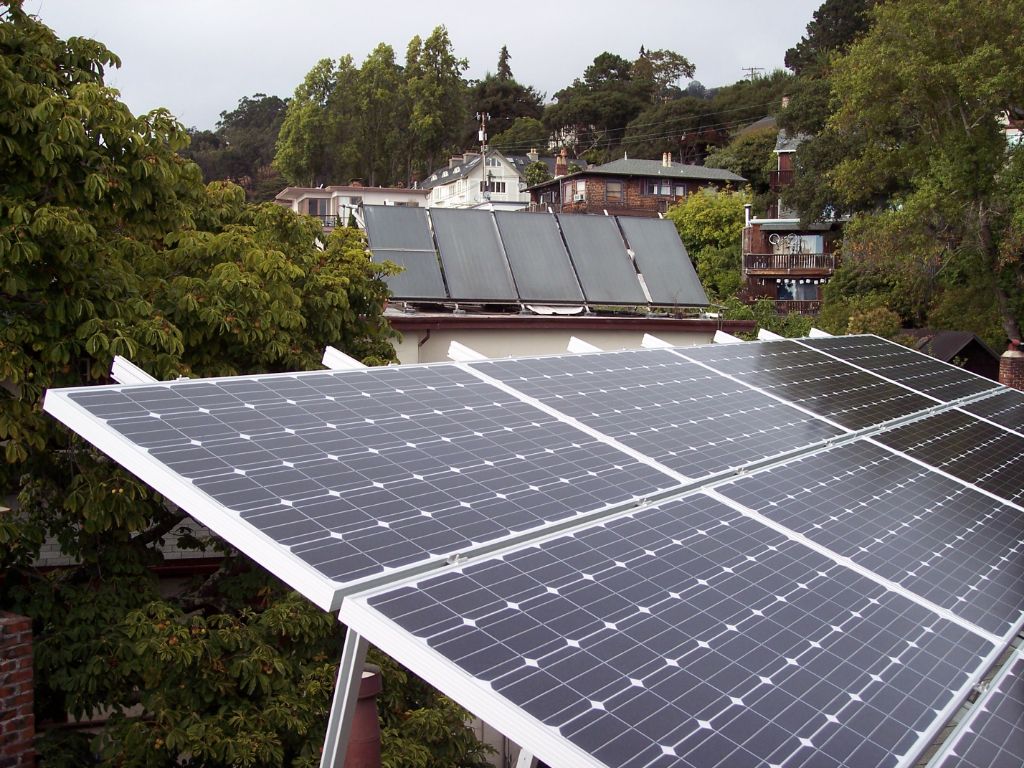
The most common use of photovoltaic cells is in solar panels to generate electricity. Solar panels, also known as photovoltaic panels, convert sunlight into electricity. They are made up of many individual solar cells, which are specially treated silicon wafers. The solar cells contain silicon with positively charged and negatively charged layers. When sunlight hits the solar cell, the energy knocks electrons loose from the atoms in the silicon. The negatively charged electrons flow into the positively charged layer, creating an electric current. Wires connect the cells together to form a solar panel. The current generated from photons striking the solar panel then flows through the wires to power electrical devices or charge batteries.
Solar panels are widely used in homes, businesses, and power plants to provide electricity in an environmentally friendly way. They require no fuel other than sunlight, produce no pollution or greenhouse gases, and require little maintenance. Solar panels on rooftops can provide clean power right where it’s needed. Large solar farms with many panels deliver utility-scale solar power. With solar panel technology improving and prices falling each year, photovoltaic electricity is becoming an increasingly common source for meeting the world’s energy needs.
Calculators
Photovoltaic cells have been powering handheld calculators since the 1970s. Early solar-powered calculators contained single-crystal silicon cells and were only capable of powering the device’s LCD display. However, advances in photovoltaic cell efficiency have enabled modern solar calculators to perform complex functions for extended periods without exposure to light.
Today’s solar calculators typically contain monocrystalline silicon cells or polycrystalline silicon cells. These more efficient cells can charge the built-in battery with only indoor light. Many calculators have energy-saving features like auto power-off to maximize battery life. Solar cells eliminate the need for batteries or AC adapters, making calculators highly portable.
Solar-powered calculators are now commonplace in schools and offices around the world. Their longevity and eco-friendliness are ideal for basic mathematical and financial calculations. While early models were considered novelties, modern photovoltaic cells have made solar calculators a mainstream, practical application.
Satellites
Satellites rely on solar energy from photovoltaic cells to function in space. The solar panels on satellites are able to efficiently convert sunlight into electricity to power all of the satellite’s operations and instruments. This allows satellites to maintain power over long periods without needing to refuel.
The solar panels on satellites are arranged into large arrays that can extend outwards over 30 feet. These large solar arrays are able to capture enough solar energy to run communications equipment, GPS signals, weather monitoring tools, and provide electricity for propulsion. The solar cells used on satellites must be durable as well to withstand the harsh conditions in space like radiation and extreme temperatures.
Some examples of satellites that use photovoltaic panels are communication satellites, weather satellites, research satellites, and even the International Space Station. The development of efficient and durable solar cells has allowed satellites to become powerful platforms for science, technology, and communications.
Smartphones
Some smartphone models incorporate solar charging from PV cells. Small PV cells are integrated into the back of the smartphone, allowing sunlight to charge the phone’s battery. The energy conversion isn’t typically enough to fully recharge the device, but it can extend battery life. For example, the Samsung Galaxy S7 has an optional solar charging back cover. Some other phones like the Acer Liquid E and Neonode N1 also have integrated solar panels. The PV cells provide a trickle charge when exposed to sunlight, which supplements the main battery charging. While the solar charging isn’t sufficient to operate the phone purely on solar power, it can add extra talk or standby time, especially if you’re outdoors a lot.
Smartphone PV panels are thin, flexible cells, rather than the heavy glass panels used in solar installations. The flexible solar sheets can harvest ambient light from many angles. However, the small surface area limits their capability. As solar cell efficiency improves over time, we may see solar charging become a more meaningful contributor to smartphone battery life. For now, it provides a small extra boost, which can be helpful when you’re low on battery. Some people also choose solar charging phones for their renewable/sustainable energy capabilities.
Solar Vehicles
Electric vehicles can be charged from photovoltaic cells that are integrated into the vehicle. The solar panels are often placed on the roof, hood, and trunk to maximize sun exposure. The solar energy is stored in the electric vehicle’s battery and can provide additional driving range. Some examples of solar electric vehicles include:
- The Lightyear One, which has over 5 square meters of integrated solar cells and can add up to 44 miles of range per day from sunlight.
- The Sono Sion, an electric car with solar cells integrated into the body that can charge up to 18 miles per day from the sun.
- The Hyundai Sonata Hybrid, which has a solar roof that can charge the hybrid battery, increasing fuel economy.
Integrating photovoltaic cells into electric vehicles allows them to partially recharge through solar power. This increases the driving range and reduces reliance on charging infrastructure. As solar cell technology continues to improve, solar electric vehicles will become more viable and efficient.
Solar Backpacks
Backpacks with integrated photovoltaic cells are becoming increasingly popular for charging electronics on the go. The photovoltaic cells are sewn into the fabric of the backpack and connected to a battery and USB port inside. This allows you to charge your phone, tablet, camera, or other devices simply by putting the backpack in the sun while you walk or travel.
The main benefit of solar backpacks is the ability to charge your devices without needing access to an electrical outlet. This makes them ideal for activities like hiking, camping, travel, and commuting where charging opportunities may be limited. Having a solar backpack ensures your devices won’t run out of power when you need them most.
Solar backpacks typically charge relatively slowly compared to a wall outlet. However, they can provide enough power throughout the day to keep your devices topped up. Higher-end backpacks may include larger solar panels and batteries for faster charging. The battery inside the backpack stores power from the sun for use anytime.
When shopping for a solar backpack, key factors to consider are the panel size, battery capacity, included USB ports, and durability. A larger panel and battery will provide faster and more charging capability. Multiple USB ports allow you to charge more than one device at a time. And you’ll want an exterior material that is both lightweight and weather resistant.
With the ability to take your power source on the go, solar backpacks provide a convenient way to stay charged while off-grid. They are a sustainable option that harnesses the limitless energy of the sun. For any activity from daily commuting to extended outdoor trips, backpacks integrated with photovoltaic cells are a smart choice for keeping your devices powered up.
Solar Roads
An emerging application of photovoltaic cells is in solar roadways. These experimental roads are made of extremely durable panels that contain solar cells encased in toughened glass. The solar panels can withstand the weight of vehicles driving over them and the wear and tear from traffic and weather conditions. The photovoltaic cells convert sunlight into electricity that can be used to power street lights, traffic signals, electric vehicle charging stations and even surrounding buildings. Some prototype solar road projects have incorporated LED lights into the panels themselves to display traffic warnings or lane markings.
While solar roads have great potential, they are still in the early prototype and testing stages. Significant investments in infrastructure would be required to install solar roadways on a large scale. There are also concerns about feasibility and return on investment. However, some companies and government transportation agencies remain optimistic about the possibility of turning roads into renewable energy sources with further development of the technology.
Solar Aircraft
Solar-powered aircraft utilize photovoltaic cells to convert sunlight into electricity that powers the propellers and onboard systems. The lightweight, efficient solar cells make it feasible for aircraft to stay aloft for long durations without refueling. Some notable solar aircraft designs include:
The Solar Impulse 2, designed by Bertrand Piccard and André Borschberg, was the first solar-powered plane to circumnavigate the globe. Its 72-meter wingspan allowed it to carry 17,000 solar cells that charged lithium batteries to keep the propellers running day and night. The non-stop solo journey took over a year to complete.
NASA’s Pathfinder, Helios, and Centurion aircraft set records for altitude and duration, helping test technologies for high-altitude scientific exploration. Their super-lightweight materials, efficient cells, and long, thin wings maximize solar power collection.
Facebook’s Aquila drone aims to provide internet connectivity through autonomous solar-powered planes that can fly for months at high altitudes. The V-shaped design optimizes wing efficiency with minimal weight and drag.
Solar Ship is developing airships and aircraft for transporting cargo to remote locations. Solar arrays on top of the wing and fuselage directly power the propellers for takeoff and payload capacity.
Advancements in photovoltaics let aircraft stay aloft indefinitely using the sun’s energy. Lighter materials, better efficiency, and smarter aerodynamic designs will enable solar technology to power aviation to new heights.
Conclusion
As we’ve seen, photovoltaic cells have a diverse range of uses and applications in the modern world. From powering calculators and satellites to enabling solar vehicles and aircraft, these incredible devices harness the sun’s energy to provide electricity in places that would otherwise lack access to an electrical grid. Smartphones, backpacks, roads, buildings and more are all able to benefit from incorporating photovoltaic technology. With solar panel installations growing rapidly around the globe, photovoltaic cells are playing an expanding role in powering our homes, businesses, cities and transportation systems. Their versatility and declining costs make them an appealing choice for distributed, renewable energy generation. We can expect to see photovoltaic cells enabling new innovations and furthering the transition to cleaner energy sources in the years ahead.

